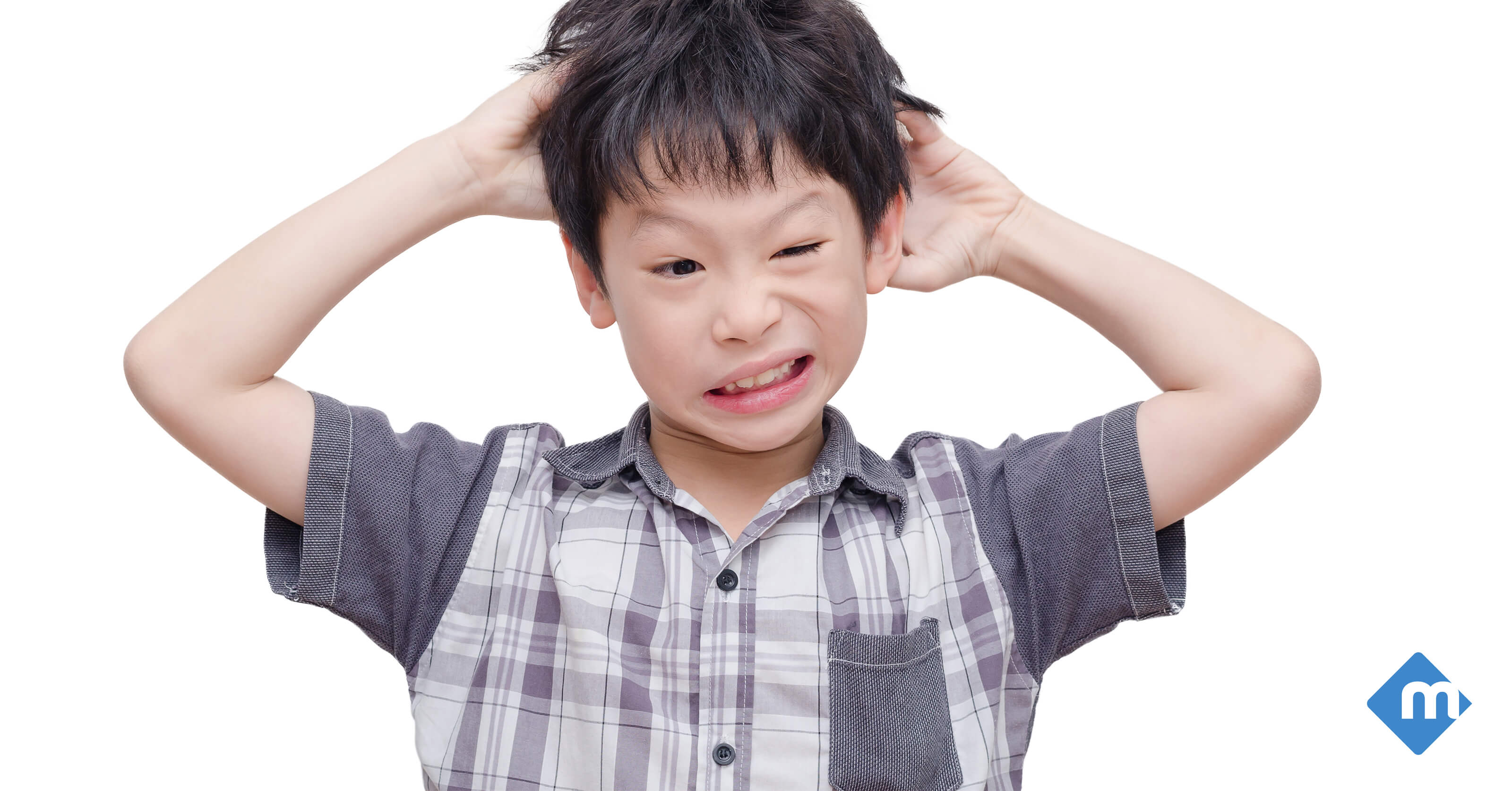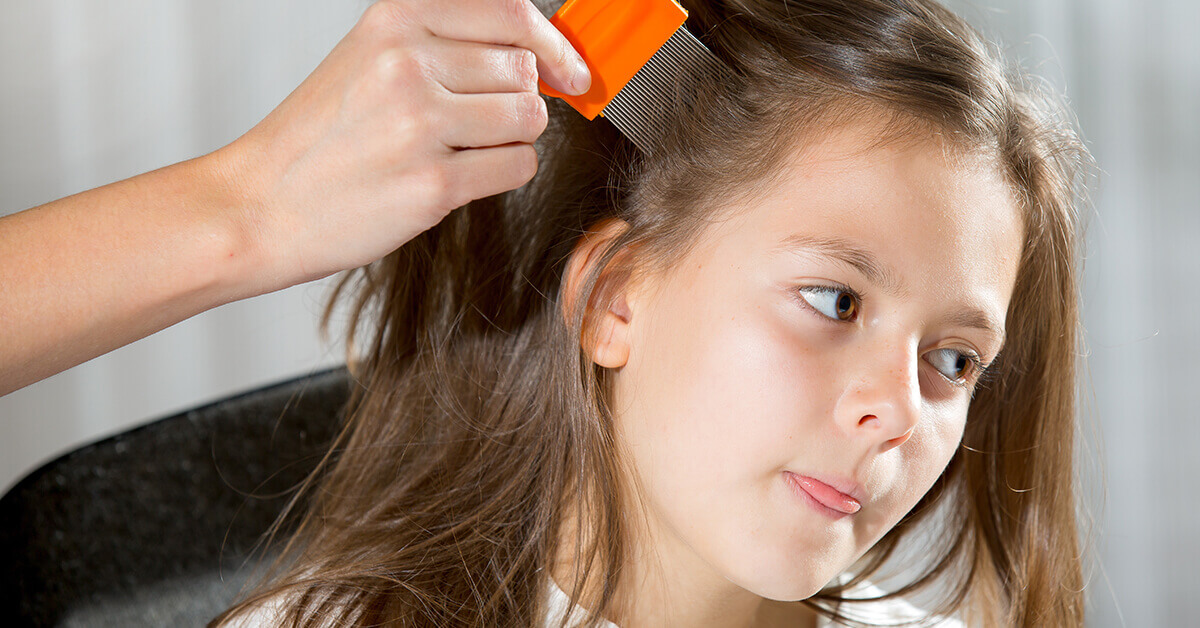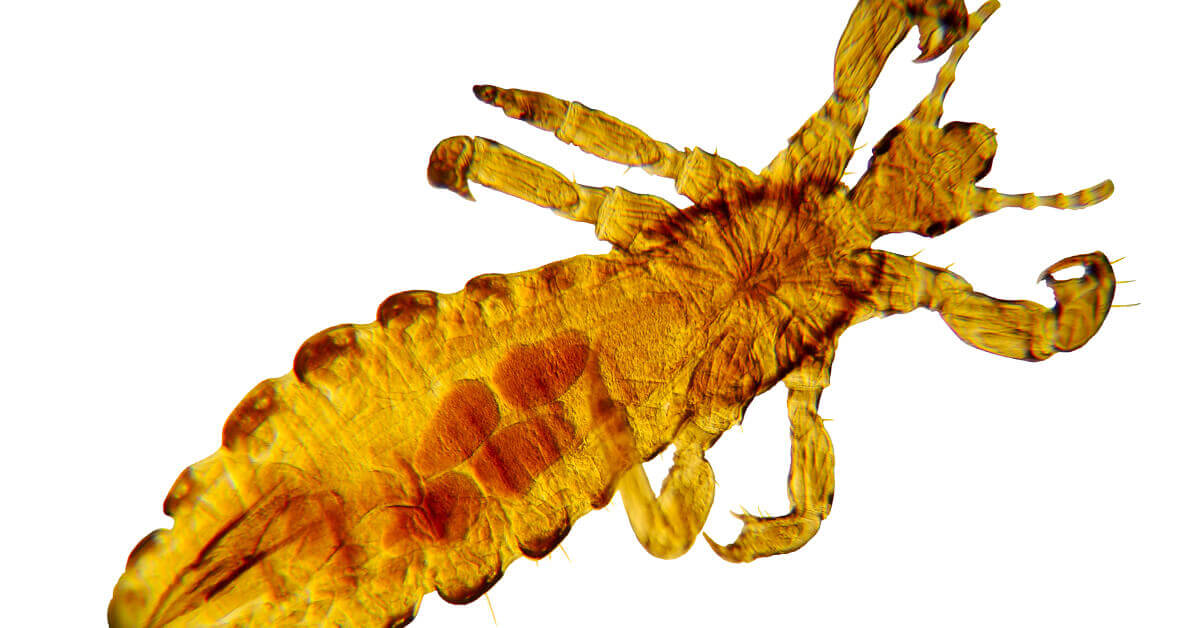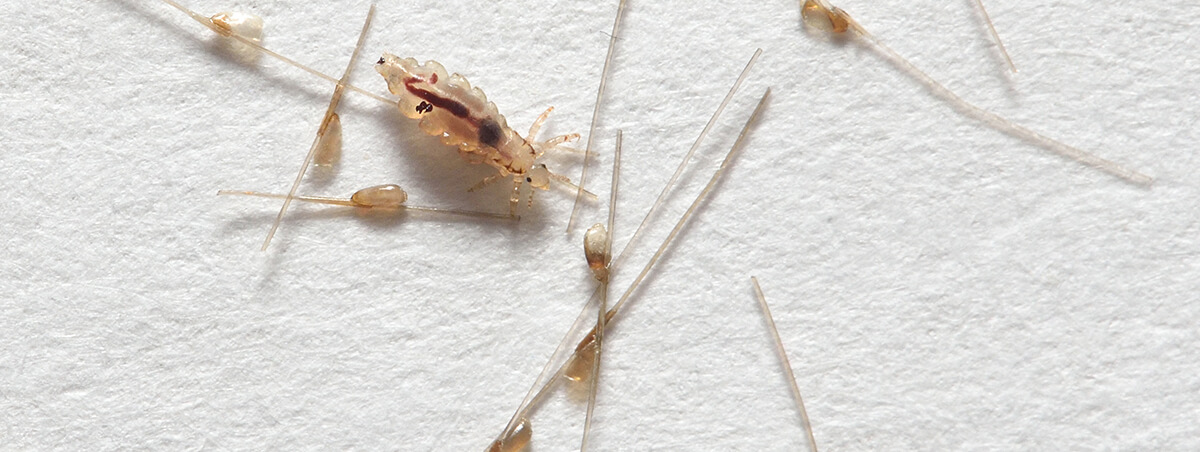Head Lice: 4 Things the School Nurse Won’t Tell You

Happy National Head Lice Prevention Month! Very fitting, since it’s also back-to-school season. As exciting as a new school year can be, classrooms are unfortunately a notorious hotbed of head lice activity.
If you grew up in the United States, you may remember those regular head lice checks from your school nurse. As a kid, you were probably just stoked to get out of class for a few minutes. But actually having lice? That’s a nightmare for kids and parents alike.
Seriously…just the thought of having to treat everyone in your house for lice—often repeatedly to truly get rid of the buggers—can seem daunting. Not to mention that a lice infestation also means washing everyone’s bedding and bagging pretty much anything you and your kids have ever touched. It’s enough to cause massive anxiety for anyone.
We know head lice can be a time-consuming, frustrating, and potentially costly problem, so prevention is important. To help you out, we’ve compiled a quick list of 4 things to keep in mind so you and your kids can enjoy a lice-free home this school year.

Schools Don’t Have to Send Kids with Lice Home
According to guidelines from the Centers for Disease Control and Prevention (CDC), students diagnosed with head lice at school can remain in class until the end of the day and return to school as soon as they begin treatment—not as soon as they finish it. This means that your child’s school could knowingly have students with head lice and not be able to send them home if treatment has technically begun.
Umm, yikes.
Although schools may choose to institute stricter policies regarding head lice, many simply adhere to CDC recommendations. Regardless of your school’s policy, however, it’s a good idea to teach your kids how to avoid head lice. Besides not sharing hair brushes or hats, kids should also avoid putting their heads on one another’s shoulders or sitting close enough for hair-to-hair contact.
To be even more proactive, periodically check your child’s hair for lice. In this case, the only thing worse than your child getting lice from school is your child spreading lice around school. Despite what some may say, not all attention is good attention.

Good Hygiene Won’t Protect You from Head Lice
Head lice is often thought to be the result of poor personal hygiene or dirty living spaces. However, this is just not the case. Head lice are contracted from direct person-to-person contact, plain and simple. No amount of kitchen cleaning or showering changes that.
Sorry.
To prevent head lice exposure, all you can do is keep hair pulled back and maintain a healthy amount of personal space around those you don’t know well.

Lice Can’t Live More Than 24 Hours Without a Host
Yes… some good news!
Unlike fleas, which are annoyingly resilient, live head lice are toast after only one day away from your head. Having said that, lice eggs (or nits) take between five and seven days to hatch, and nits sometimes can survive off of their host. Fundamentally, though, head lice desperately need their hosts to survive, so even only a couple days of treatment can pretty much eradicate those nasty parasites.

You Should See a Doctor before Beginning Treatment
To some, this may seem a bit crazy—and we get it. For goodness’ sake, most head lice treatments are over the counter. That means they have to be safe, right?
Well usually yes, they’re fine. But at the end of the day, head lice treatments are still chemicals. At the very least, a doctor should always be looped in before young children and pregnant or nursing women begin lice treatment. In some cases, you may be able to simply consult the pharmacist instead of trekking all the way to your doctor’s office.
Generally, the main reason to see your doctor is just to obtain an accurate diagnosis. People often misdiagnose themselves or others with head lice and then undergo treatment for no reason. There are a number of lice look-alikes, so be sure that what you’re seeing isn’t dandruff, scalp buildup, scab tissue, dirt, other small bugs, or something else.
Ultimately, the health and well-being of you and your family are top priority. Before taking action, it’s a good idea to inform yourself about these pests and the options you have to deal with them. When it comes to head lice, approach prevention, diagnosis, and treatment in ways that best meet you and your family’s needs.

